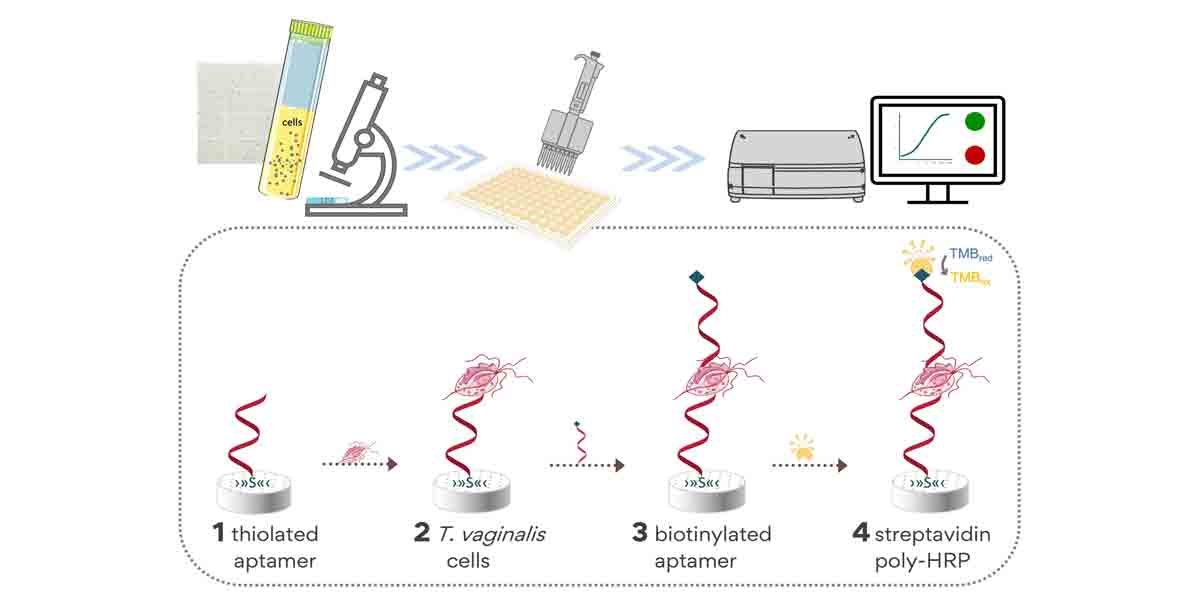
After tracing a million steps for contact tracing last year, Singapore-based AI solutions firm SQREEM Technologies has launched a new COVID-19 tracking tool to aid in the battle against the virus – a real time system that tracks live COVID-19 data, including available hospital beds and ventilators by zip code.
Named “Data Natin,” meaning our data in Tagalog, the AI-powered tool is now being used in the Philippines, where COVID-19 cases have reached an all-time high. The country currently has one of the highest numbers of cases in Southeast Asia.
Named as one of Asia’s fastest-growing companies by the Financial Times, for two years running, SQREEM is the world’s largest “behavioural pattern data aggregator” that collects, analyses, and creates a database of open data on the Internet using its own Artificial Intelligence technology. The Singapore-based tech company provides data analysis services to more than 100 companies and government agencies across various industries.
After redesigning, recoding and further developing their technology to augment government contact tracing efforts worldwide last year, the same AI system has now been re-adapted to track available hospital beds and ventilators in real time, as well as to provide an updated rundown of cases in a given geographical location. SQREEM invested USD$500,000 in time and resources to create the tracker which will help doctors and patients in their crucial race against time – especially in urban hotspots where there may not be sufficient hospital beds for patients.
“We recognised that the Philippines was doing stellar work making data around incidences of COVID available with data points such as the availability of beds and ventilators being accessible to the public, but it was unstructured”, Ian Chapman-Banks, CEO and co-founder of SQREEM, explains. “Learning from our experience in the contact tracing world, the goal was to produce updated and meaningful data, organised by live tracking dashboards so that people can get to the resources they need more efficiently. For healthcare providers, this means a more equitable distribution of patients resulting in less burden for certain clinics and hospitals. This is part of our initiative to lend support to countries as we had done in the past.”
With SQREEM’s expertise in artificial intelligence systems and machine learning, the team leveraged its AI capabilities to feed on unstructured information, access its insights, and extract relevant information in a short span of time.
As Ian adds, “We were able to leverage our capabilities in taking and making massive datasets meaningful and relevant to people. So health care practitioners as well as patients and their families can assess in real time which hospitals are available. We can help them to further understand the COVID-19 situation in their immediate location – whether it’s within a zip code or a small geographic area – so they can exercise more caution whenever they go out.”
USING AI TO MAKE SENSE OF GOVERNMENT DATA
SQREEM’s Data Natin utilises publicly available data to track and showcase information in real time. From the dashboard, users can monitor the spread of infection in their area according to age, level of severity, city, or neighbourhood.
Viewers can also track hospitals’ capacity within their locale and in nearby areas – learning which hospitals have available COVID or ICU beds and ventilators at a glance. This allows users to make informed and timely decisions that can improve a patient’s chances of recovery.
Applying their solution to the Philippine setting, the SQREEM CEO elaborates, “We’ve taken a lot of disparate and unstructured data from all over the Philippines and organised it in one central place. The platform is updated every 24 hours, every time new data is released.”
According to Ian, aside from helping doctors and patients locate much-needed hospital beds and ventilators, the platform can be leveraged for more informed government policy-making and community planning. “When you’re seeing trends of infections and how it’s spreading, the government can use this as a tool as a knowledge base to make decisions and policies. And so you could do logistics planning because you know a surge is coming. Local communities can also use this as a tool so they can act on their own and take steps to control the spread within their own neighbourhood.”





















